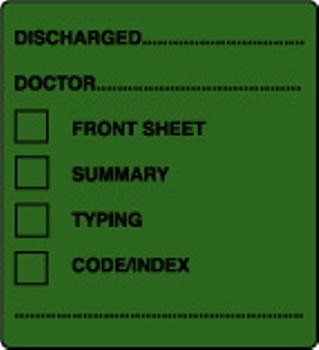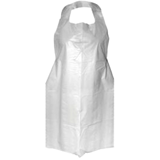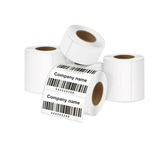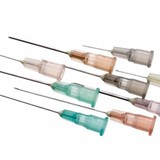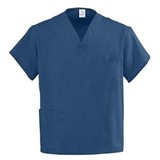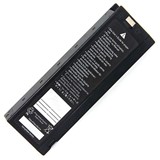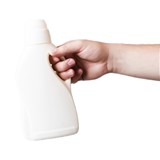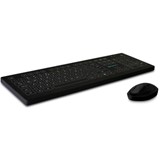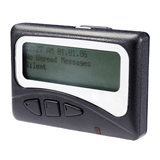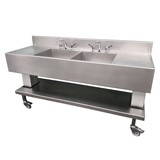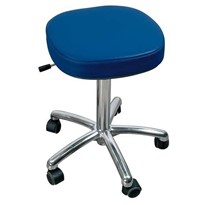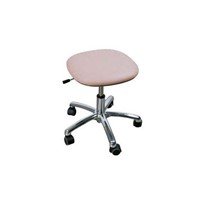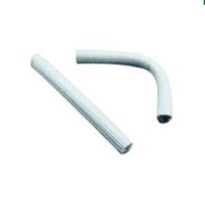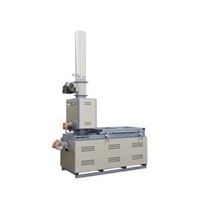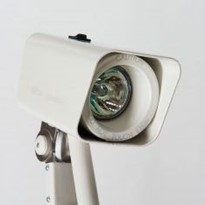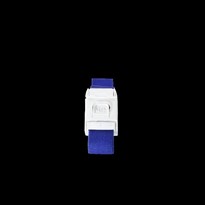One of the most important considerations when it comes to labelling is ensuring the application the label is going to be used in is adequately identified. For example, whether it is for simple department identification, admissions, drug identification or detailed patient records.
"The client also needs to consider whether the label needs to be written on and what surface it is being applied to and whether or not it is needed to be removable," Debbie Steinhardt, sales and marketing at Medi-Print Australia, told MedicalSearch.
"All of these aspects will determine what kind of stock the label needs to be printed on."
However, not all labels can be written on and not all labels are removable.
"The size also needs to be considered by the client as a lot of medical records only have a certain space on the patient charts. Colour is also very important. Labels need to be clearly identifiable by name and colour, especially in certain areas such as drug identification and injectable medicines, fluid and line labels," Steinhardt said.
Although many medical labels can be ordered stock standard, clients can also customised their own label to suit specific needs they might have if it is not covered under the Australian Commission on Safety and Quality in Health Care National Recommendations or AS/NZS Standards. This is an approach often taken by clients.
In these situations, Medi-Print works with the client to help them with a design which will suit several different applications.
"Whether it be as simple as specific colours required on a generic label or a label that is specifically designed for a particular application, individual departments in hospitals have very different requirements and they often design their label requirements specifically for them," Steinhardt said.
"Some custom labels that are produced are additive labels, allied health labels and also labels that incorporate the logo of the particular hospital. The list of custom labels is quite extensive and the possibilities are endless."
Sterilised labels are also now possible and is a relatively new introduction into the market. They are available on request and allow hospitals to use labels in environments where sterilisation is an absolute requirement, such as in surgical environments and operating theatres. Labels are also available for other departments in hospitals, such as laser sheets for admissions.
For clients looking for a medical label solution, Steinhardt advises clients ensure the supplier they are obtaining their labels from is reputable and uses quality components when manufacturing their label.
Steinhardt says technology has allowed companies such as Medi-Print to give clients access to a broad range of information on their websites. For example, clients can view Medi-Print’s full range of catalogue labels on the Internet and also order online.
"This enables the client to use our website as a quick reference to see actual images and pricing on all of our current labels and determine if what we have available is suitable for their application," Steinhardt said.
"With the ability to order online it also gives them the benefit of knowing that they can receive their order within a quick time-frame, saving time and money."
Finally, Steinhardt advises clients to be self-educated about medical labelling requirements.
"Be self-informed of government regulations and standards which apply to your relevant departments. Ensure your label supplier is also up-to-date with such laws and receives regular updates," Steinhardt said.


